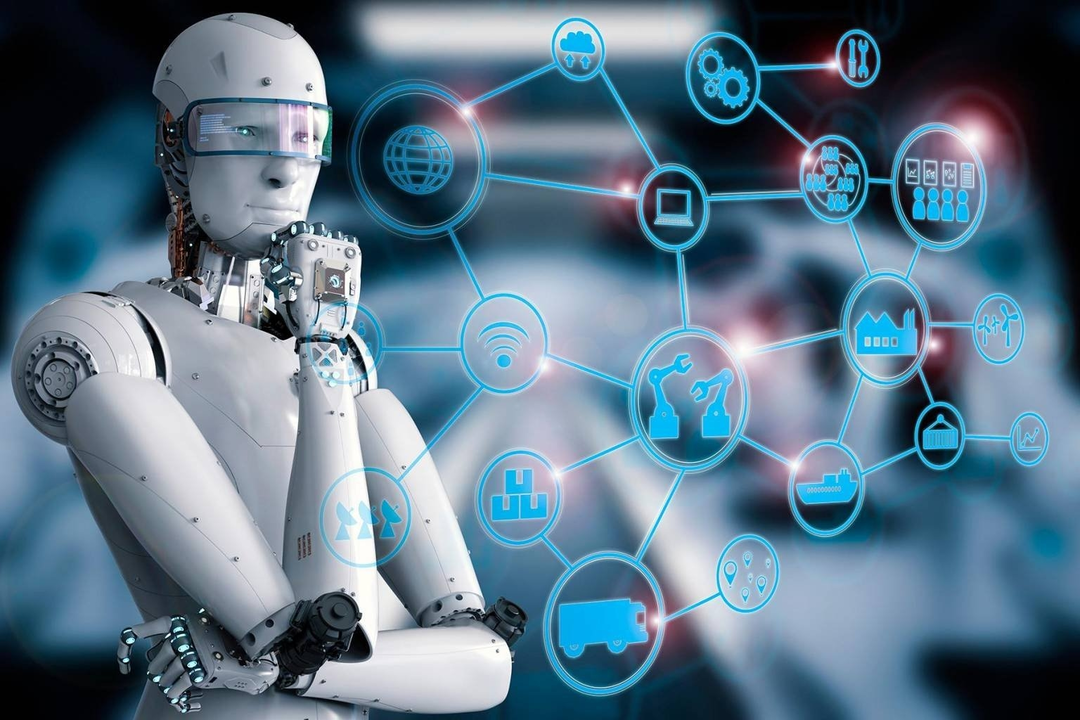Machine Learning Basics: What It Is and How to Get Started
Ever wonder how your email spots spam or how streaming apps suggest the next show? That’s machine learning at work. In simple terms, it’s a way for computers to learn patterns from data and make predictions without being told every step.
Think of it like teaching a kid to recognize dogs. You show many pictures, point out the dogs, and eventually the kid can spot a new dog on their own. Machine learning does the same, only with numbers, text, images, or even sounds.
Key Types of Machine Learning You Should Know
Supervised learning uses labeled data – you tell the model what the correct answer is for each example. It’s great for tasks like email classification or house‑price prediction.
Unsupervised learning works with unlabeled data. The model groups similar items together, useful for market segmentation or anomaly detection.
Reinforcement learning learns by trial and error, receiving rewards for good actions. Think of game‑playing bots that improve after each match.
Starter Tools and Resources for Beginners
If you’re ready to try a simple project, start with Python – the most popular language for ML. Install scikit‑learn, a library that lets you build models in a few lines of code.
Here’s a quick roadmap:
- Pick a clean dataset (Kaggle’s Titanic data is a classic).
- Load it with
pandas and explore the columns.
- Choose a model – a decision tree works well for beginners.
- Split the data, train the model, and check its accuracy.
- Play with parameters to see how performance changes.
When you feel comfortable, move to deeper tools like TensorFlow or PyTorch for neural networks. These let you build image recognizers, language translators, and more.
Don’t forget the community. Forums like Stack Overflow, Reddit’s r/MachineLearning, and free courses on Coursera or YouTube can answer questions fast. Real‑world practice beats theory every time.
Remember, machine learning isn’t magic. It needs good data, clear goals, and a bit of patience. Start small, iterate, and you’ll see results quickly. Ready to give it a try?
In today's blog post, I want to touch on the fascinating topic of advanced artificial intelligence (AI). This cutting-edge technology refers to AI systems that can learn, adapt, and perform tasks with minimal human intervention. With advanced AI, machines can analyze vast amounts of data, identify patterns, and make decisions, often at a faster and more efficient rate than humans. Some examples of advanced AI applications include self-driving cars, virtual assistants, and smart home devices. While the potential benefits are immense, it's important to be mindful of the ethical considerations and potential risks associated with this ever-evolving technology.
READ MORE




